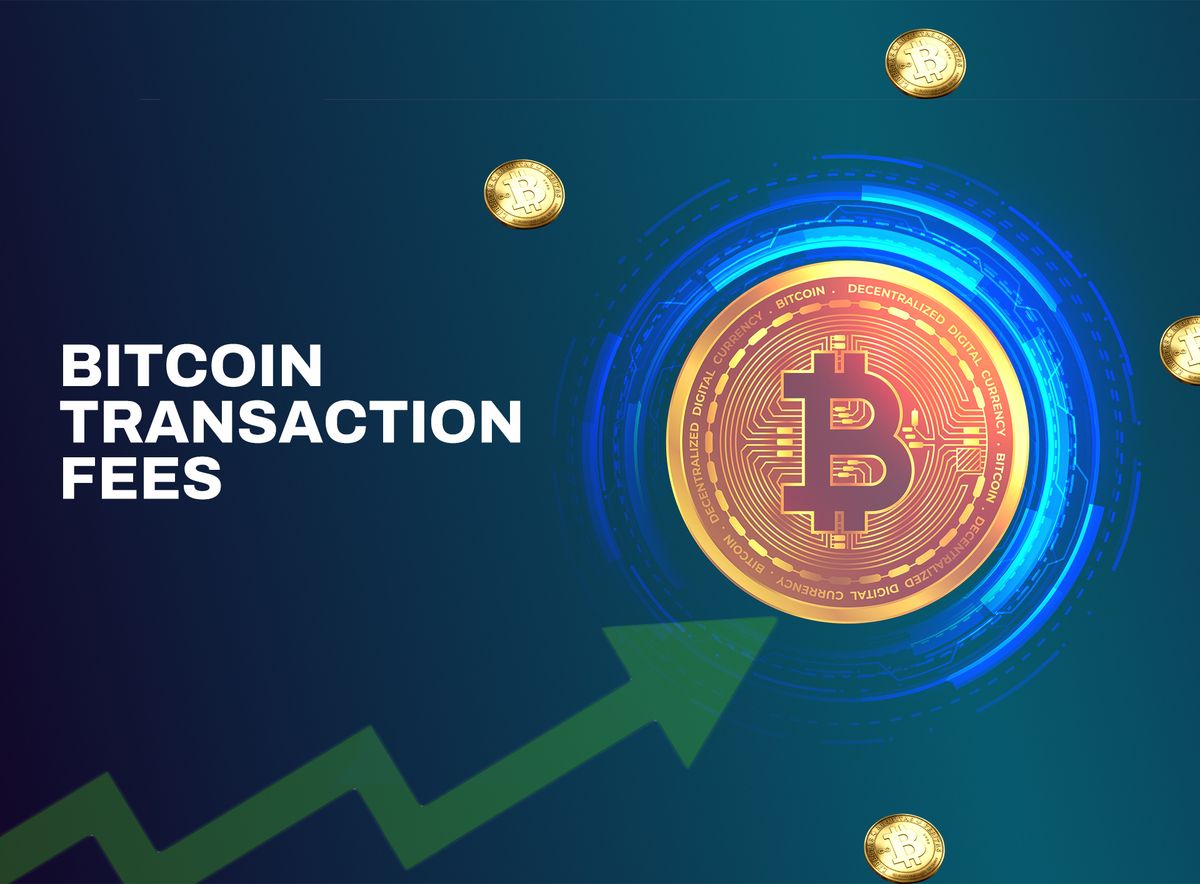How This Memecoin Is Driving Bitcoin Transaction Fees Up by 32%
Introduction
Recently, the Runes protocol, which is based on non-fungible tokens (NFTs), has caused a significant increase in transactions on the Bitcoin network. This rise in activity is pushing up miner fees, which have grown by 32% on average over the past week. The growing interest in Runes’ meme coin tokens has been the driving force behind this increase in transaction volume.
Why Are Runes Transactions Increasing?
More Interest in Memecoins
In the past week, Runes has experienced a surge in transaction volume. Currently, Runes makes up a significant part of Bitcoin’s transactions, accounting for nearly a quarter of the total. This spike is closely tied to the rising interest in the meme coin market, with Runes leading the pack.
Key Runes tokens such as DOG and RSIC have seen substantial price increases. DOG, the largest token in the protocol, is now valued at over $500 million, which shows the strong market interest in meme coins.
Memecoins Making a Comeback
The rise of Runes is part of a larger trend where meme coins are regaining popularity, par
ticularly on platforms like Solana and Ethereum. These tokens, which often hold little intrinsic value, attract significant attention, causing higher transaction fees. Runes is a major contributor to the recent fee hike on the Bitcoin network.
How Runes Transactions Impact Bitcoin Miners
Bitcoin miners have benefited from the increased Runes transactions, with fee revenue rising by 32%. On October 6, Runes accounted for over 12% of all Bitcoin network fees, which later dropped to about 9% by October 10. Despite this, the increase in transactions has provided miners with vital revenue as block rewards decrease.
This development raises concerns about the long-term viability of miners’ income. As Bitcoin’s block rewards halve every four years, transaction fees are becoming a more critical source of income for miners. Runes, by generating a high volume of transactions, helps ensure the continued security of the Bitcoin network.
Runes’ Place in the Bitcoin Ecosystem
Runes: An NFT Protocol on Bitcoin
Runes allows users to create and trade unique digital items on the Bitcoin blockchain, unlike most NFT platforms that operate on Ethereum or Solana. This makes Runes a standout in the market, with impressive transaction volumes.
At one point, Runes accounted for over 60% of all Bitcoin transactions, showcasing its dominance in the Bitcoin NFT space.
Competition with Other Bitcoin Protocols
While Runes has grown rapidly, other Bitcoin protocols like Ordinals and BRC-20 have seen only modest increases in transaction volume. Ordinals allows data inscription on satoshis, and BRC-20 is a token standard on Bitcoin. However, these platforms haven’t gained as much traction as Runes, underscoring the latter’s appeal in the NFT and memecoin sectors.
Future Plans for Runes
New Swaps Feature Launching Soon
An eagerly awaited feature for Runes is the Swaps functionality on Magic Eden, a major NFT marketplace. Expected by the end of October, this feature will make swapping Runes tokens easier, likely boosting transaction volume and drawing more traders.
Potential Major Exchange Listing for DOG Token
There are rumors circulating that DOG, the largest Runes token, may soon be listed on a major exchange. If true, this would significantly increase accessibility and likely lead to a surge in interest for Runes tokens.
Bitcoin’s Price Movements and Runes Transactions
The spike in Runes transactions and miner fees comes at a time of significant price movements for Bitcoin, which has fluctuated between $59,000 and $63,000 recently. Bitcoin’s price volatility, driven by factors such as inflation and regulatory uncertainty, could affect the long-term viability of Runes’ growth.
Bitcoin Miner Fees: New Income from Runes Transactions
Bitcoin miners are increasingly reliant on transaction fees as block rewards diminish. The rise of Runes transactions has provided a new source of income for miners, with fees growing by 32% in a single week.
Miners prioritize high-fee transactions, and the growing demand for Runes token transactions has intensified competition. This situation is particularly beneficial for miners facing rising energy costs and decreasing block rewards.
However, the future of Bitcoin mining may become uncertain if transaction volumes decline or if users are unwilling to pay high fees. Protocols like Runes, which generate significant transaction volume, could play a key role in sustaining the network’s security by incentivizing miners.
The Role of Memecoins in Cryptocurrency
The Comeback of Memecoins
Memecoins like DOGE and SHIB have carved out a niche in the crypto world, attracting retail and institutional investors alike. The rise of Runes on the Bitcoin network is another testament to how memecoins can drive significant market activity.
Though often dismissed as “joke” currencies, memecoins bring new users into the crypto market, thanks to viral marketing and community support. Runes tokens like DOG, RSIC, and DECENTRALIZED have fueled a surge in transaction volume on the Bitcoin network.
Risks Associated with Memecoins
Despite their popularity, memecoins come with risks, primarily due to their volatility. Some Runes tokens have experienced huge price increases recently, but much of this may be speculative, leading to significant losses for investors. Additionally, memecoins often lack practical use cases, unlike established cryptocurrencies like Bitcoin and Ethereum.
Cheap Remote Crypto Mining for you – Click Here
Conclusion: Runes’ Growing Impact on Bitcoin
Runes is making a notable impact on the Bitcoin network, driving up transaction volumes and miner fees. With features like Swaps on the horizon and potential major exchange listings for DOG, Runes is poised for further growth.
This increased activity has benefited Bitcoin miners, providing them with much-needed revenue from transaction fees as block rewards decrease. In the evolving cryptocurrency landscape, memecoins like Runes will continue to play an important role in innovation and engagement, even as questions about their long-term viability remain.


